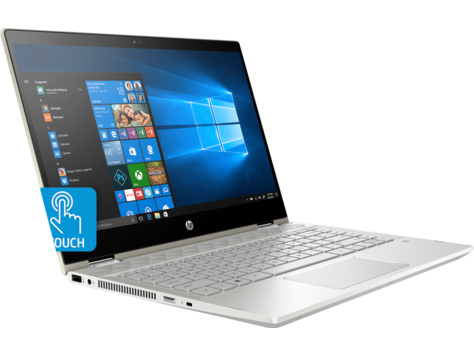

On the convertible Yoga 3 Pro, I’d put the machine to sleep all the time just by picking up the chassis. However, it takes just enough pressure that you can’t easily activate it by accident. The tiny power button on the left side of the frame is a bit annoying-you have to hunt for it. Other details of the Spectre x360 also impressed me. Frankly, I’d probably trade the XPS 13’s compact size for the Spectre x360’s keyboard in a second if it were my everyday driver. The Spectre x360’s keyboard is far more comfortable to type on than the XPS 13’s. Also, the XPS 13’s smaller, lighter form factor feels great until you touch the keyboard. Outfitted with similar components, Dell’s XPS 13, for example, is $800-but it’s not a convertible and it even lacks the touchscreen at that price. This configuration is actually fairly competitive. (For a closer look at all of HP’s Spectre x360 offerings, you can check out different configurations at Amazon here.)

Personally, I’d say spend the extra $100. This configuration will set you back $1,000, but you can step it down to $900 by halving the SATA SSD and RAM. The midrange x360 I reviewed featured Intel’s popular 5th-generation “Broadwell” Core i5-5200U, 8GB of DDR3/1600, a 256GB M.2 SATA SSD and an IPS 1920×1080 screen. The Spectre x360 is milled from a solid chunk of aluminum Speeds and feeds


 0 kommentar(er)
0 kommentar(er)
